Tag: Economics
-

WichitaLiberty.TV: Sound money and private governance
Professor Edward Stringham joins Karl Peterjohn and Bob Weeks to discuss Bitcoin, sound money, and the role of markets in private governance.
-
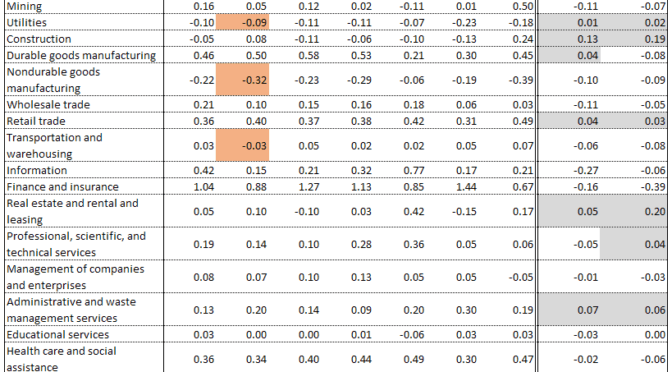
Kansas GDP growth
Kansas ranks low among the states in growth of gross domestic product (GDP) for the third quarter of 2017.
-

Personal income growth in Kansas
Personal income growth in Kansas trails most of the nation.
-
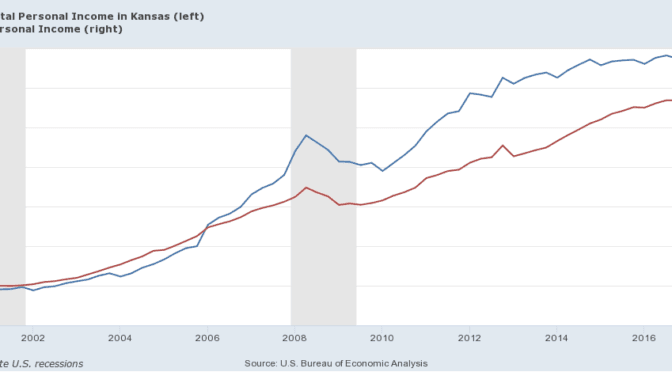
Kansas personal income
For the country as a whole, personal income grew at the annual rate of 0.7 percent from the previous quarter. For Kansas, the rate was 0.3 percent. That was the forty-seventh best rate.
-

Spirit expands in Wichita
It’s good news that Spirit AeroSystems is expanding in Wichita. Let’s look at the cost.
-
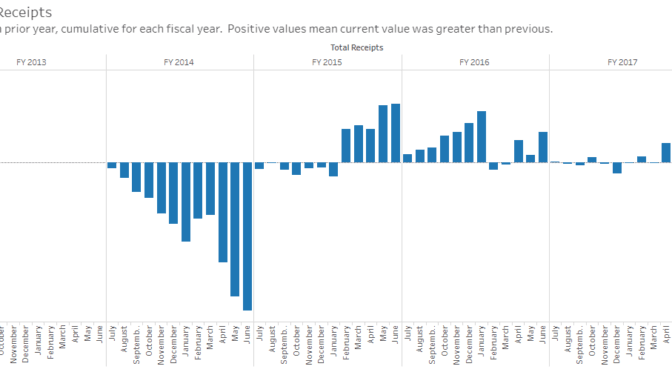
Kansas tax receipts
News about Kansas tax receipts for November 2017, along with an interactive visualization.
-
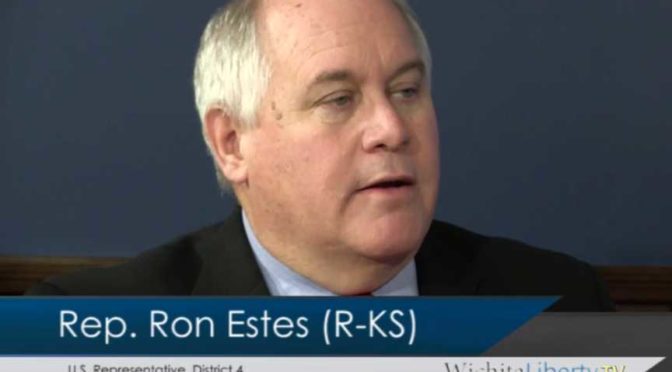
WichitaLiberty:TV: Ron and Susan Estes
United States Representative Ron Estes joins Bob Weeks to talk about the tax bill, his op-ed in the Wall Street Journal, and Susan Estes tells us what Mrs. Smith does when Mr. Smith goes to Washington.
-
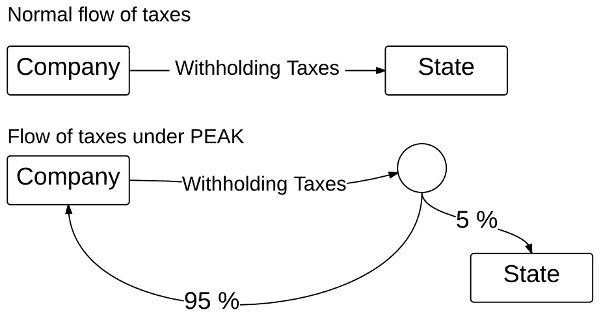
PEAK, or Promoting Employment Across Kansas
PEAK, a Kansas economic development incentive program, redirects employee income taxes back to the employing company.
-
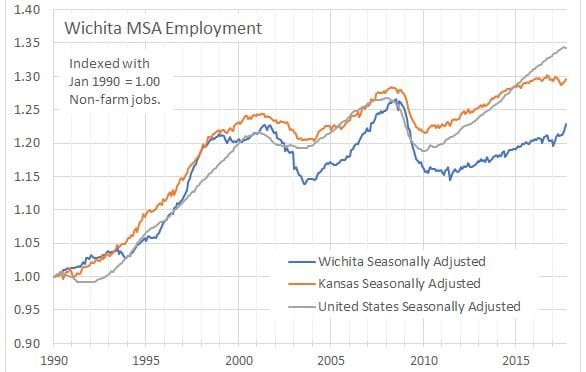
Wichita employment up
Employment in the Wichita metropolitan area is on an upward tick.
-

Wichita, youthful and growing from the core
A letter writer tells Wichitans that “We have an opportunity to show the country the future of Wichita is youthful and bright, and its growing from the core out.”
-
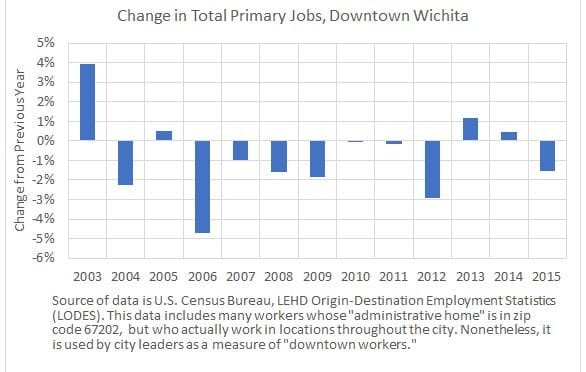
Downtown Wichita jobs decline
By the measure of jobs used by the City of Wichita, downtown jobs declined in 2015.
-
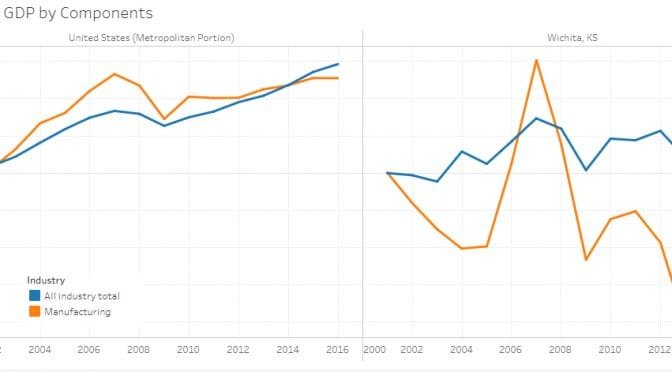
Wichita economy shrinks
The Wichita-area economy was smaller in 2016 than the year before.